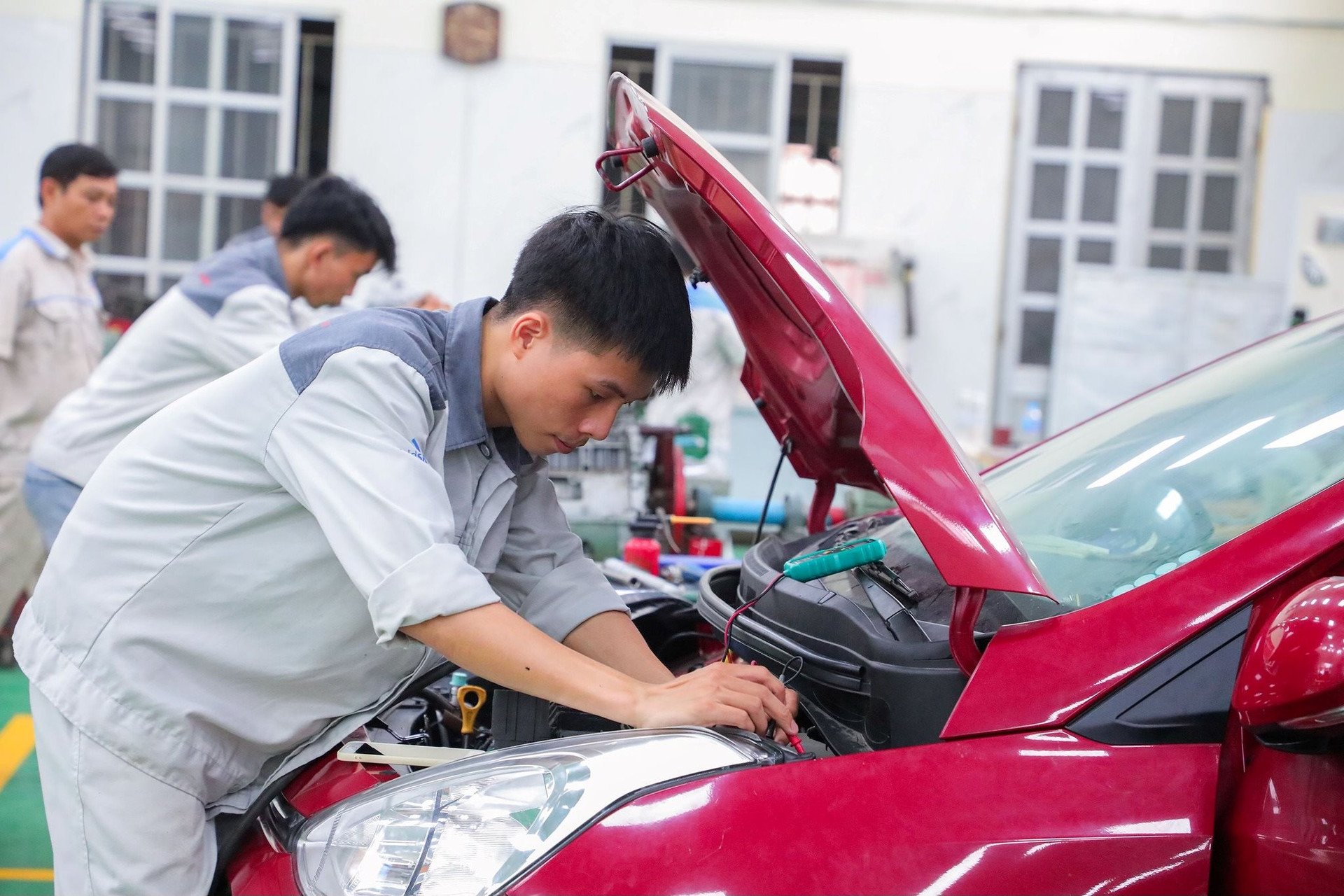
Propose 4th choice to enter vocational school block
Dr. Dang Van Dai - Principal of Dong Sai Gon College acknowledged that career guidance for middle and high school students plays an important role in the streamlining process. If career guidance is done well, it will have a strong impact on the streamlining process, helping vocational schools have the conditions to promote training activities.
In particular, Mr. Dai proposed that the entrance exam for public grade 10 in Ho Chi Minh City should have additional requirements for vocationaleducation institutions (VET), to further raise awareness of the role of streaming at the secondary level, helping teachers have guidance for counseling and parents of students have guidance for choosing. Currently, Ho Chi Minh City has 3 requirements for public grade 10 admission for secondary school students. The 4th recommendation is for colleges, vocational secondary schools, continuing education schools, etc.
Similarly, Tran Thanh Hai, Principal of the Far East College in Ho Chi Minh City, said that the system for registering admission wishes to public grade 10 schools in Ho Chi Minh City every year does not include the names of vocational education institutions. Mr. Hai suggested that the city boldly study and make the vocational education system a wish in the entrance exam to public grade 10 schools, in order to increase the efficiency of streaming. At the same time, the city boldly implements Decision No. 522 of the Prime Minister approving the project "Career education and orientation of student streaming in general education for the period 2018-2025", increasing the rate of students after secondary school who study vocational training...
At this conference, the leaders of Ho Chi Minh City stated that according to the annual enrollment reports of vocational education institutions, the average annual rate of secondary school graduates enrolling in vocational education levels in Ho Chi Minh City is about 26.19%. Thus, according to the targets of the project approved by the Prime Minister, Ho Chi Minh City still has a long way to go.
Need a fundamental approach
In fact, the policy of streaming and career guidance for students right after finishing secondary school has been implemented for many years, but currently schools are still struggling, making career guidance still heavy on formalities and ineffective.
According to the latest report of the Ministry of Education and Training, in the 2023-2024 school year, about 74.5% of junior high school graduates will attend high school. The remaining 25.5% of junior high school graduates will attend continuing education centers and vocational training institutions. This rate is basically stable compared to the 2022-2023 school year. Specifically, in the 2022-2023 school year, the rate of junior high school graduates attending high school will be about 74.4%; the rate of junior high school graduates attending continuing education will be about 7.9%; the rate of junior high school graduates attending vocational training institutions will be about 7%. Thus, in reality, the rate of junior high school graduates attending vocational training is still insignificant. Meanwhile, Project 552 (dated May 14, 2018) on Vocational Education and Student Orientation in General Education for the period 2018 - 2025 of the Government sets the target of striving for at least 40% of junior high school graduates to continue studying at vocational education institutions providing elementary and intermediate training; for localities with particularly difficult socio-economic conditions, the target is at least 30%.
Returning to the current situation of vocational schools, according to Ms. Tran Thi Dieu Thuy - Vice Chairman of the Ho Chi Minh City People's Committee, a current problem is that the facilities of vocational schools are still limited. Vocational training schools, but the equipment is from 20 years ago. If the school is not attractive, how can parents choose it? At the same time, equipping vocational skills needs to be taken seriously. The requirement is to streamline the work to suit the conditions and circumstances of each student. The Department of Education and Training must create conditions for vocational schools to access and participate equally in enrollment programs.
Career guidance has not yet achieved its goals and expectations. Vocational school leaders are also very concerned about this issue. According to Mr. Trinh Cao Khai - Principal of Hanoi College of Tourism, one of the reasons why the work of guiding students from secondary school is not effective is that after finishing grade 9, students still do not have enough capacity to distinguish what career they like, and whether it is suitable for them or not. Therefore, the work of guiding and guiding secondary school students is still mainly guided by adults.
The orientation method is very clear in many recent admission seasons in Hanoi, which is to "force" students with average or below average academic performance not to take the entrance exam to public high schools. Instead, homeroom teachers guide them to go to vocational school or apply (based on junior high school transcripts) to private high schools. If considered objectively, isn't this the fourth choice orientation for students? It's just that this content has not been specified in the admission regulations. Of course, not many people support the above orientation method, because it is a bit forced, putting pressure on students.
Dr. Vu Thu Huong (former lecturer of the Faculty of Primary Education, Hanoi National University of Education) shared that the rate of students from grades 11 and 12 who understand and choose a career that suits them is very low, not to mention grade 9 students. Therefore, to research and choose a career, we need a serious education system from grade 1, if we want to differentiate students.
Therefore, long-term action is needed, not very short-term advice, about a session or an hour.
Source: https://daidoanket.vn/huong-nghiep-lop-9-nhin-tu-mot-de-xuat-10290779.html


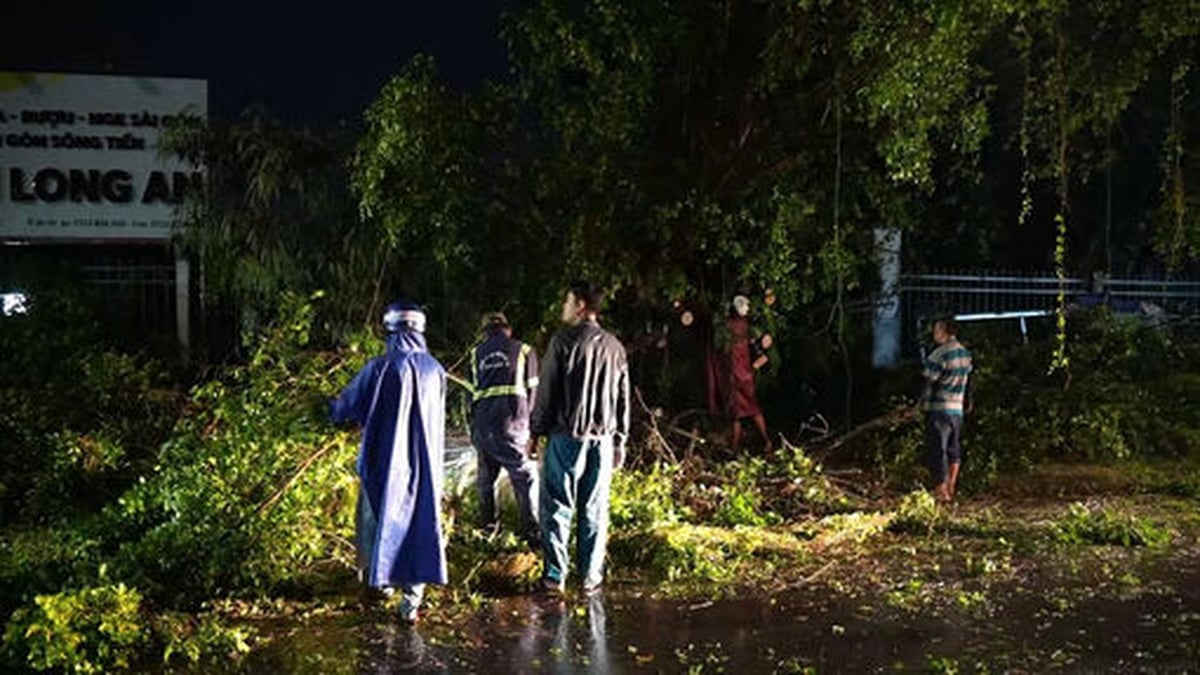
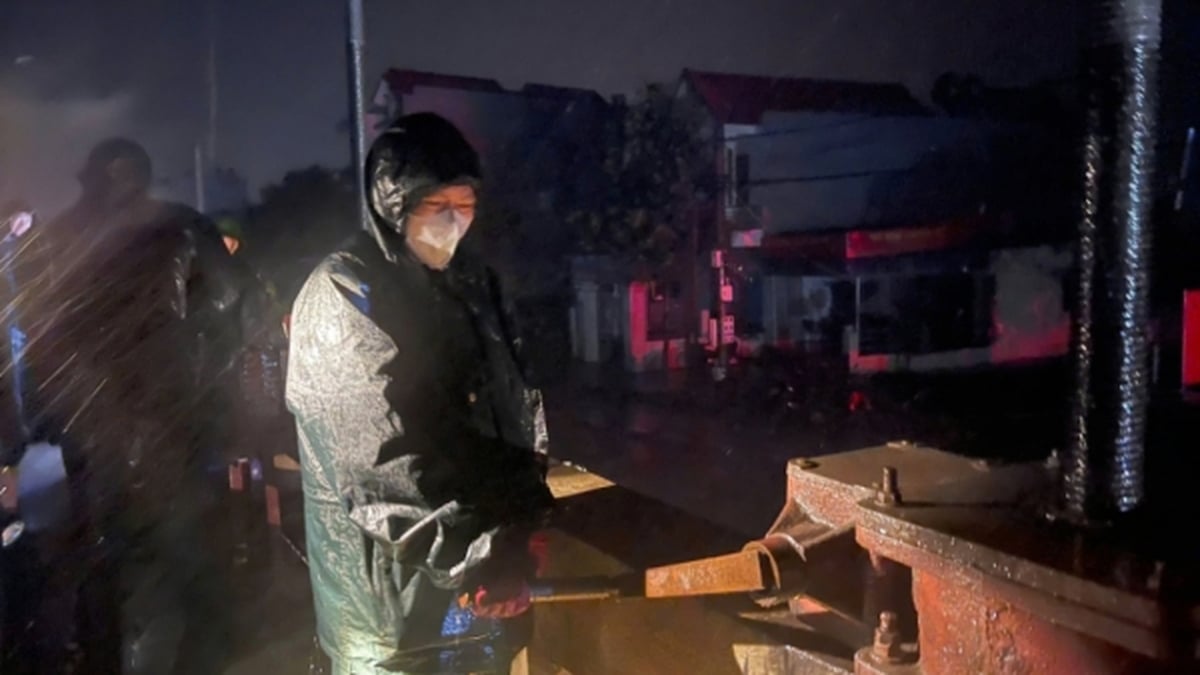
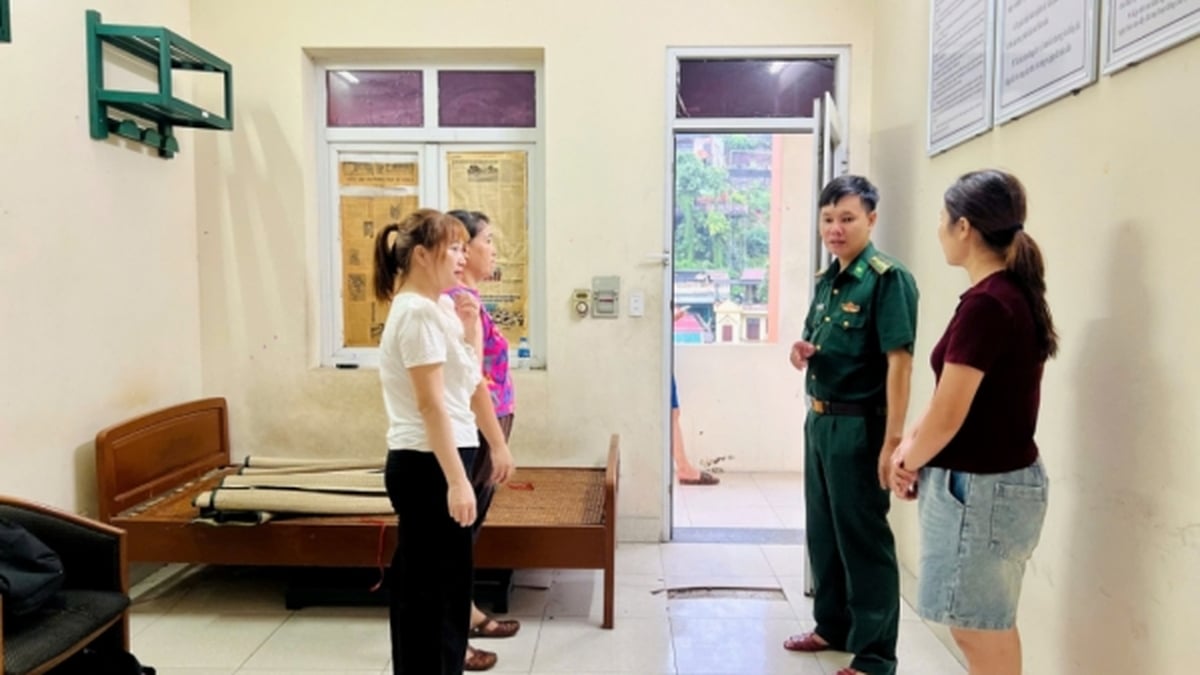


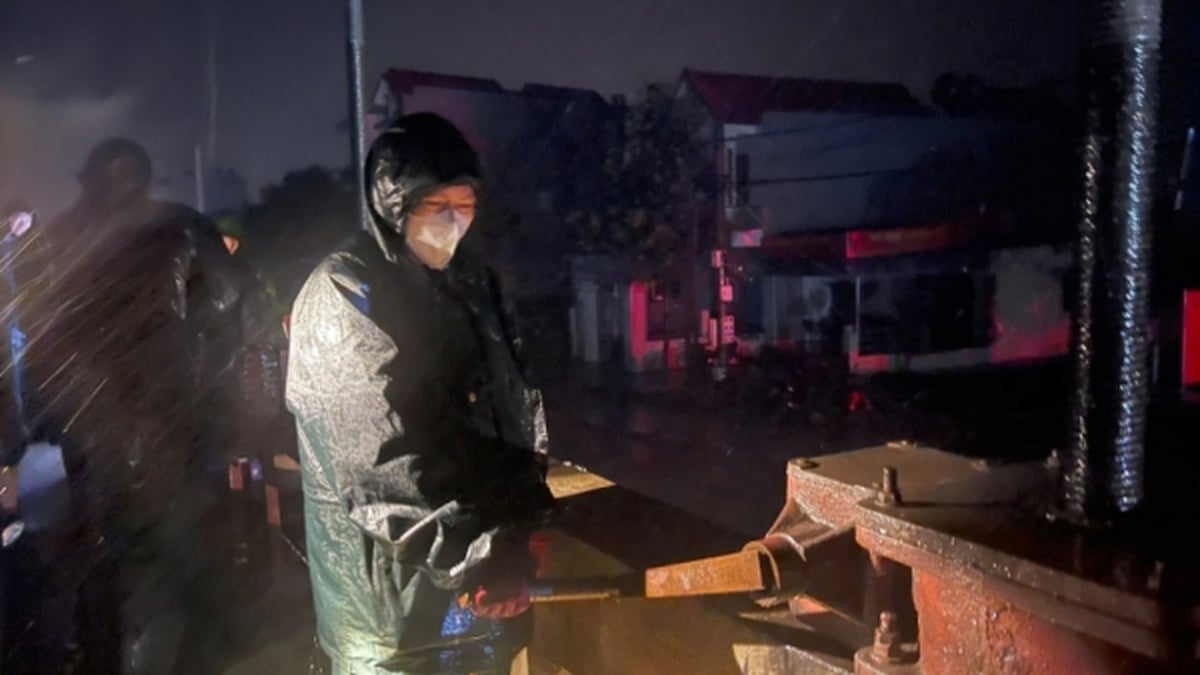
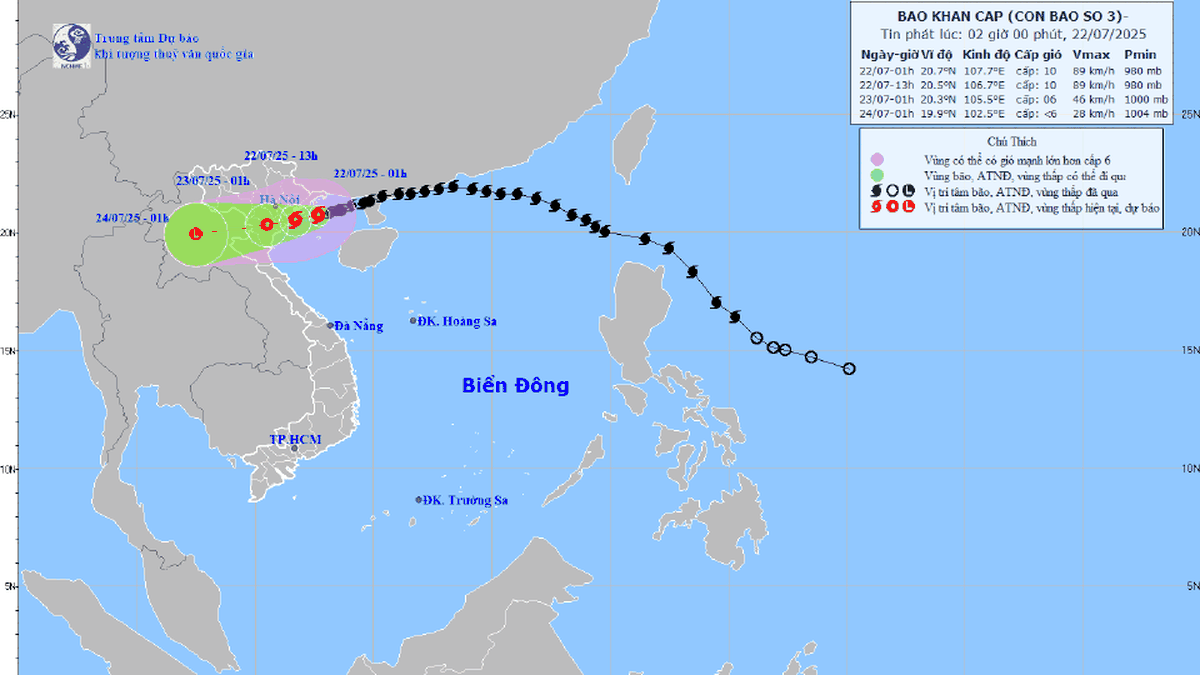













![[Photo] National Assembly Chairman Tran Thanh Man visits Vietnamese Heroic Mother Ta Thi Tran](https://vphoto.vietnam.vn/thumb/1200x675/vietnam/resource/IMAGE/2025/7/20/765c0bd057dd44ad83ab89fe0255b783)














































































Comment (0)